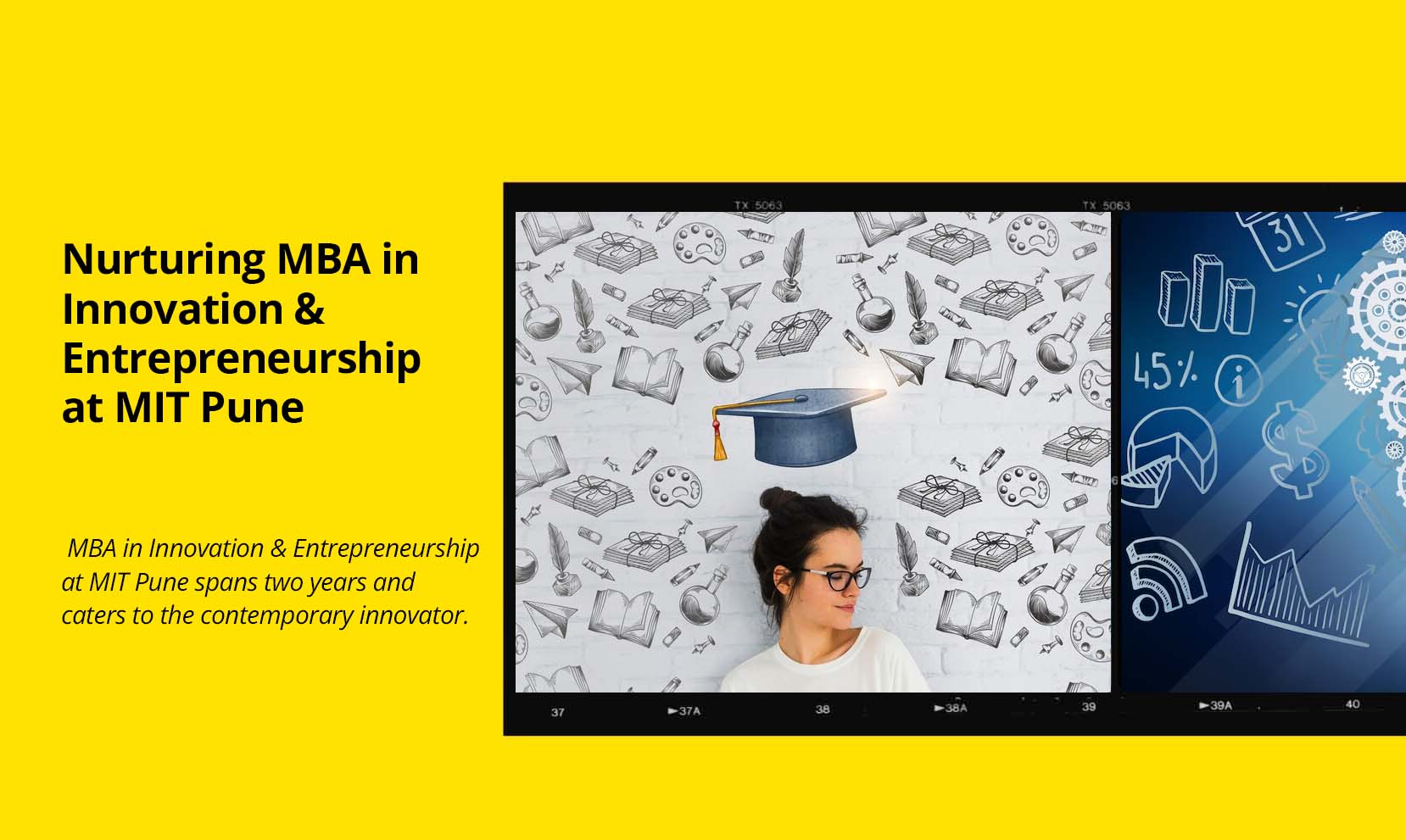Design Thinking and Agile
The concepts “Design Thinking” and “Agile” may have become popular. Every startup or rapidly expanding firm appears to be discussing how they’ve adopted one of the techniques and how it has completely changed everything, from their corporate culture to how they approach product development.
It sounds fantastic, but occasionally individuals wrongly use the terms and cannot distinguish between Design thinking courses. Even the idea that design thinking are the same has been floated. But is it true?
What is meant by Agile?
Agile is a framework that emphasizes iteration, adaptability, and feedback-taking. You make new judgments as the development progresses and gain knowledge along the way, rather than creating the ideal plan and carrying it out flawlessly. Agile enables the division of large projects into manageable work packages intending to produce results quickly. Requirements, planning, design, development, release, and outcome monitoring are the key elements of Agile.
Agile is based on the values and principles outlined in the Agile Manifesto. Retrospectives, daily standups, and sprints are all common Agile techniques. Agile can be used in any project where the objective is to accelerate product delivery and enhance the development process. It deals with preset problems and concentrates on finishing the task quickly rather than seeking out difficulties to solve.
What is meant by Design Thinking?
Unknown or ill-defined challenges can be solved with the use of design thinking. It is an iterative process that helps define problems with the best solutions and resolves user difficulties. Finding insights into user wants (problems) and ensuring that their interaction with the product is enjoyable are major goals of user research. This is accomplished through numerous iterations of prototyping.
Empathize, Define, Ideate, Prototype, and Test are the five stages of the design thinking process. It’s crucial to rigorously follow the order as each phase builds on the one before it. The entire design thinking process revolves around gathering user feedback and adapting your solution in response. In simple terms, Design thinking is a process for identifying and resolving issues.
What distinguishes Design Thinking from Agile?
The differences between the two are rather obvious. They serve different aims, which is still their main difference.
Design thinking is a technique for defining the issue and Agile aids in finding the best solution. Design thinking is a process for identifying answers to unarticulated problems, whereas Agile delivers software of known value within a specified timetable.
What does Agile and Design Thinking have in common?
Agile and design thinking share several striking similarities while having different scopes and methods:
- Both approaches emphasize the needs of people. There is, however, one little distinction: design thinking puts users first, whereas Agile puts the team creating the product first.
- It depends on the quick delivery of results, iterative stages, and overall agility.
- Early and frequent development is a hallmark of agile projects, which are continually tested to determine what is and isn’t functioning. Design thinking relies on testing to evaluate new concepts and develop better solutions.
Agile & Design Thinking – Better Together
Most industries struggle when attempting to meet the requirements and solve their customers’ problems because they approach issues from the outside. Design thinking becomes even more crucial when agile procedures form the backbone of continuous development since it keeps the product intact even after several iterations. Instead, if you allow Agile and design thinking to work in harmony, the results will astound you.
Also, if you are looking for Design Thinking courses, MIT ID Innovation will help you acquire the knowledge needed to create growth systems and transformational tools. So, start learning and enhancing strategic foresight with MIT ID Innovation’s online courses in design thinking and innovation.
References
Good Design Enhances Agility (develpreneur.com)



